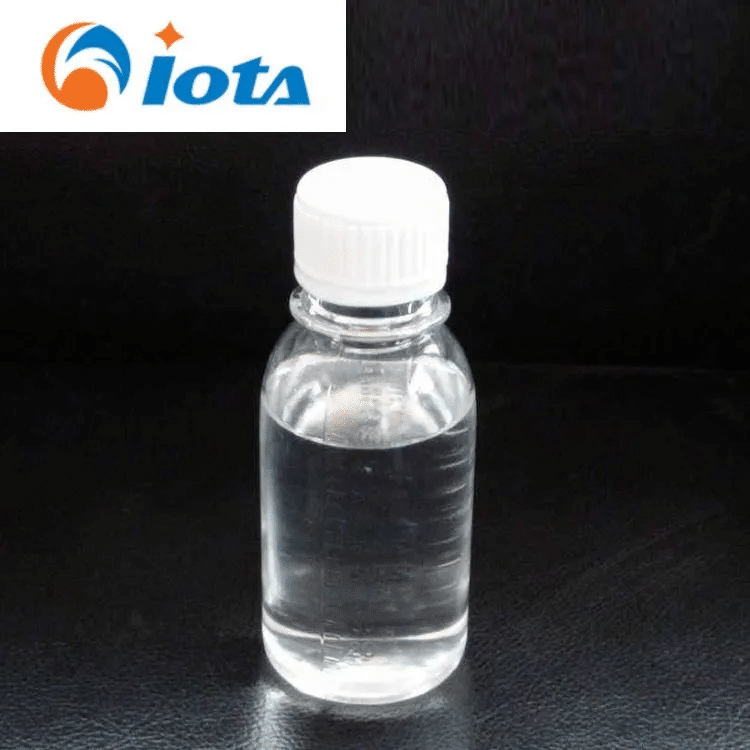Polyethylsiloxane, as a unique member of the organosilicon family, exhibits excellent temperature resistance (-60 ℃ to 250 ℃), low surface tension (20-22 mN/m), and chemical inertness due to its adjustable molecular structure - flexible combination of silicon oxygen bond main chain and ethyl side chain. It has become a key material for performance customization in industrial, consumer electronics, new energy and other fields.

Core Features: From Molecular Design to Application Adaptation
The performance of ethyl silicone oil can be precisely customized by adjusting the number and molecular weight of ethyl side chains:
High viscosity type (above 100000 cSt): high density of ethyl side chains, strong intermolecular forces, suitable for heavy-duty machinery lubrication, shock absorption and damping fluids. For example, in wind turbine gearboxes, high viscosity ethyl silicone oil can withstand temperature differences of -40 ℃ to 150 ℃, reduce wear, and extend equipment life to 20 years.
Low viscosity type (100-1000 cSt): with good fluidity, commonly used as a heat dissipation coating and release agent for electronic components. The low viscosity ethyl silicone oil developed by a certain enterprise has a thermal conductivity of 1.2 W/(m · K), which can quickly export heat from mobile phone CPUs and reduce surface temperature by 8 ℃.
Functional modification: By introducing active groups such as amino and epoxy groups, ethyl silicone oil can be used to prepare adhesion promoters for sealing photovoltaic module frames, with a 50% increase in adhesion strength and a weather resistance of up to 25 years.
Technological breakthrough: solving the bottleneck problem
Improvement of monomer synthesis purity:
When synthesizing ethylchlorosilane using traditional methods, the by-product triethylchlorosilane content can reach up to 15%, resulting in low polymerization efficiency. A domestic enterprise adopts the coupling technology of "catalytic distillation molecular sieve adsorption" to increase the monomer purity to 99.8%, increase the product yield by 12%, and reduce energy consumption by 20%.
Green production process:
In response to the problem of waste acid pollution caused by traditional concentrated sulfuric acid catalytic hydrolysis, the research team has developed a solid acid catalyst (such as sulfonic acid type ion exchange resin) to achieve zero emissions of waste acid. After applying this technology on a certain production line, the annual cost of waste acid treatment was reduced by 3 million yuan, and it passed the EU REACH certification.
3D printing customization:
Combined with photopolymerization technology, ethyl silicone oil can be used to prepare high-precision 3D printing resins. For example, a microfluidic chip printed by a certain team has a channel size error of less than 5 μ m, which can be applied to biological sample analysis and increase detection sensitivity by three times.
Market Pattern and Future Trends
Global market: The market size of ethyl silicone oil will reach 1.2 billion US dollars in 2023, and it is expected to exceed 1.8 billion US dollars in 2027, with a compound annual growth rate of 6.5%. Among them, the Asia Pacific region accounts for over 50%, with China being the largest consumer country.
Competitive focus: International giants such as Dow Corning and Wacker focus on high-end medical and electronic products, while domestic companies such as Hesheng Silicon Industry and Xin'an Shares reduce costs through the "integrated mining, electricity, and silicon" model, gaining an advantage in the mid to low end market.
Future direction:
In the field of new energy, we will develop ethyl silicone oil that is resistant to high pressure and hydrofluoric acid, which will be used for solid state battery electrolytes and hydrogen energy equipment sealing.
Biomedical: Through biocompatibility modification, ethyl silicone oil can be used to prepare artificial joint lubricants and drug sustained-release carriers, with huge market potential.
http://https://www.ethylsilicone.com/
